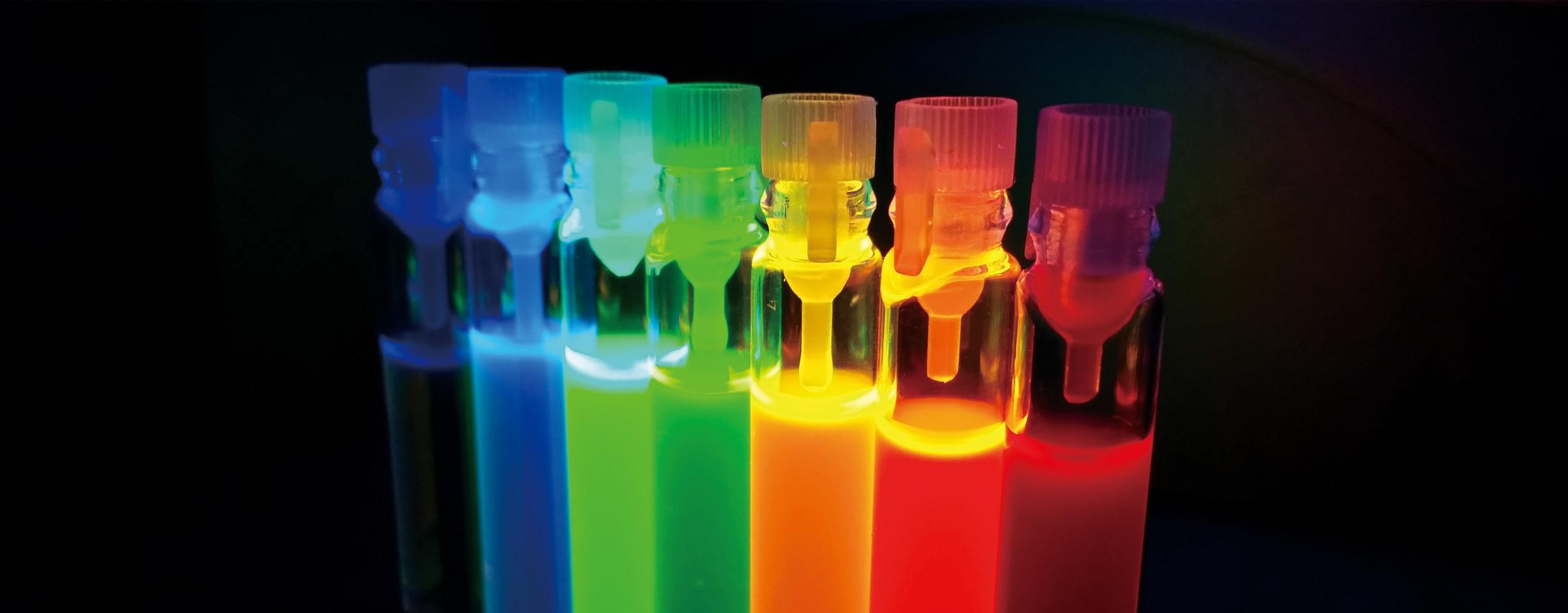A-TEEM is a rapid spectroscopic approach for characterization of poly-phenolic content in red wines and can be used for wine-fingerprinting.
Multivariate spectroscopy for targeting phenolic choreography in wine with A-TEEM™ and NMR crosscheck non-targeted metabolomics
A-TEEM can evaluate of >40 key wine quality control parameters including low-molecular weight phenolics, anthocyanins, basic chemistry parameters and tannins:
"Determination of Cabernet Sauvignon wine quality parameters in Chile by Absorbance-Transmission and fluorescence Excitation Emission Matrix (A-TEEM) spectroscopy"
A-TEEM has been used for geographical authentication for wines
"Authentication of the geographical origin of Australian Cabernet Sauvignon wines using spectrofluorometric and multi-element analyses with multivariate statistical modelling"
The Aqualog and A-TEEM spectroscopy can provide information on wine varieties and oxidation characteristics of key phenolic and anthocyanin compounds:
"Spectroscopic analysis of red wines with A-TEEM molecular fingerprinting"
The A-TEEM technique can be used for effective classification of wine-storage conditions to differentiate different American and French oak barrels from each other and stainless steel containers:
"Multivariate spectroscopy for targeting phenolic choreography in wine with A-TEEM and NMR crosscheck non-targeted metabolomics"
A-TEEM coupled with machine learning can be used for highly accurate classification of wines by both region and variety:
"Spectrofluorometric analysis combined with machine learning for geographical and varietal authentication, and prediction of phenolic compound concentrations in red wine"
This study documents the ability of the A-TEEM coupled with machine-learning methods to confirm the terroir of Shiraz wines:
"Application of fluorescence spectroscopy with multivariate analysis for authentication of Shiraz wines from different regions"
This is an important study documenting the ability of the A-TEEM to authenticate and quantify mixtures of different wine varieties:
"Spectrofluorometric analysis to trace the molecular fingerprint of wine during the winemaking process and recognise the blending percentage of different varietal wines"
This study shows the benefits of asymmetrical flow field-flow fractionation for non-invasiveness and reliability when characterizing the chromophoric colloidal matter in Burgundy wines:
"Asymmetrical flow field-flow fractionation of white wine chromophoric colloidal matter"
A unique study documenting how combined multivariate analysis of A-TEEM and time-resolved fluorescence spectroscopy can be a useful tool for monitoring wine fermentation:
"Multispectral fluorescence sensitivity to acidic and polyphenolic changes in Chardonnay wines – The case study of malolactic fermentation"
This study documents how the Aqualog and A-TEEM can provide exquisite correlations with sensory perception characteristics important for wine quality evaluation:
"Modelling Cabernet-Sauvignon wine sensory traits from spectrofluorometric data"
This study combines and correlates ultrahigh resolution MS and A-TEEM spectroscopies to understand how sulfites and stoppers influence the fingerprint characteristics of wine:
"Sulfites and the wine metabolome"
This novel study revealed that SO2 – and vintage-dependent signatures, showed the extent of their effects on key fluorescence EEM components, even after several years of bottle aging:
"Fluorescence fingerprinting of bottled white wines can reveal memories related to sulfur dioxide treatments of the must"
This important study shows how MS and A-TEEM fingerprints reveal the effects of Grapevine Trunk Diseases on the leaf metabolome:
"Clone-Dependent Expression of Esca Disease Revealed by Leaf Metabolite Analysis"
This paper shows how untargeted A-TEEM analysis can be used to evaluate the influence of the Oenococcus oeni lifestyle (planktonic vs. biofilm) on malolactic acid fermentation:
"Chemical Transfers Occurring Through Oenococcus oeni Biofilm in Different Enological Conditions"
















